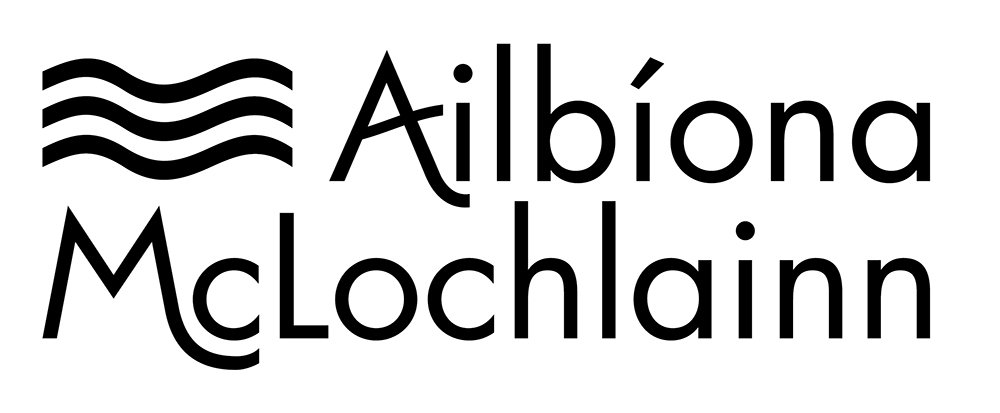Swatching for the Guilloche Pullover
Heather’s Guilloche Pullover swatch
Folklore Yarns Traditions in ‘Wildflower’
An infinite source of mystique and confusion, the practice of swatching is as much an art as it is a science. And alas, to demystify it would a task too grandiose and tedious for me to attempt.
But in the spirit of the Guilloche-Along, I wanted to share my preferred method of swatching for the Guilloche Pullover. In my experience, it has been accurate, despite the modest size. But please be sure to read to the end, because while the swatch itself is simple to knit, extracting data from it is more involved as you might think.
Making the Swatch
With Needle B, cast on 34 stitches using a firm (non-elastic) method.
Work back and forth flat, as follows -
Right Side Row: (K2, P2) until 2 remain, K2
Wrong Side Row: (P2, K2) until 2 remain, P2
Repeat these two rows, until the ribbing measures 5cm/ 2”
Switch to Needle A. Then work as follows -
Right Side Rows: K1, work Guilloche Chart A until 1 stitch remains, K1
Wrong Side Rows: P1, work Guilloche Chart A until 1 stitch remains, P1
Work in this manner until you complete two full chart repeats.
Bind off using a firm (non-elastic) method.
Blocking the Swatch
If you are working with a standard knitter’s yarn: soak swatch in lukewarm water, squeeze out excess moisture, and let dry flat - with the cables spread open. If needed, press fabric after the swatch is dry (using steam iron and pressing cloth) to open up the cables.
If you are working with a coned yarn soaked in spinning oil: soak swatch in hot water with dishwashing liquid until water turns black. Rinse in water of same temperature. Then squeeze out excess moisture and let dry flat - with the cables spread open. If needed, press fabric after the swatch is dry (using steam iron and pressing cloth) to open up the cables.
Measuring the Swatch
After the swatch is completely dry and pressed open, lay it down on a hard flat surface {for example - on a table; not on your lap!}. Place a ruler on top, through the centre of the cabled section, and count how many stitches are in 10cm of the cabled fabric. Place the ruler through the centre of the ribbed section, and count how many stitches are in 10cm of the ribbed fabric. Then count how many rows are in 10cm of the cabled fabric {this should be more or less the entire cabled section}. And finally, count how many rows are in the 5cm ribbed fabric, and multiply that number by 2.
If your gauge is looser than 19 sts per 10cm {=fewer stitches}, you will need to swatch again with smaller needles.
If your gauge is tighter than 19 sts per 10cm {=more stitches}, you will need to swatch again with larger needles.
Keep swatching until you find a suitable needle size to achieve the 19 stitch gauge {if your row gauge is slightly different, that’s okay}.
Drawing Conclusions from the Swatch
The Guilloche Pullover has sections that are worked in the round, as well as sections that are worked flat.
Some knitters work looser flat than in the round, which means that when working in the round they need slightly larger needles to achieve the same gauge. If you know this to be true for you, then use the needle sizes determined by the swatch in the flat sections, but go up 0.5mm in needle size for the in-the-round sections.
If you know that your gauge is the same when knitting flat and in the round, then use the needle sizes determined by the swatch throughout.
If you aren’t sure, then you will need to go through the swatching process again, with a second swatch made in the round… instead of doing which, I suggest simply starting one of the sleeves - then putting the sleeveling on scrap yarn after having worked 2-3 cable repeats, and blocking it.
What About Needle C?
For Needle C (used for the Neckband and Cuffs) I would suggest instead of swatching simply using a needle 1mm smaller than your Needle B, or 2mm smaller than your Needle A… or, the smallest needle you are comfortable working with. These areas are prone to overstretch, so it is better to err in the direction of smaller than larger.
I hope these suggestions prove useful. If you have any questions about swatching, or measuring/ interpreting your swatch, please ask in the comments here.

